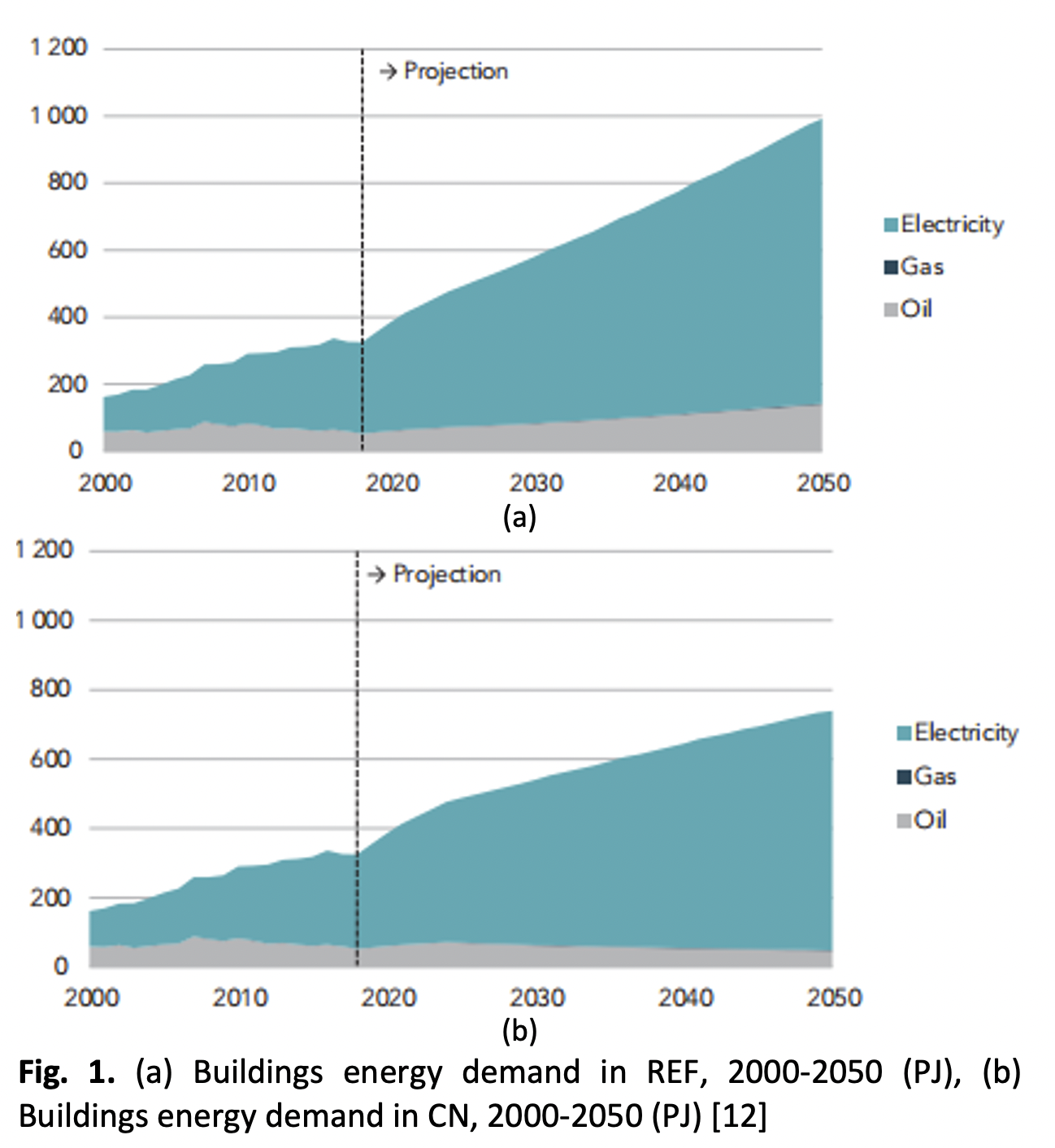Sustainable Urban Energy Solutions: Investigating the Solar Potential of Vertical Façades Amidst Adjacent Buildings in Kuala Lumpur, Malaysia
DOI:
https://doi.org/10.37934/araset.32.3.488505Keywords:
Solar exposure, solar energy, BIPV, sustainable solutionsAbstract
This article explores the impact of adjacent buildings on solar exposure for photovoltaic (PV) applications in high-rise urban areas in Malaysia. The rapid urbanization and population density in Malaysia's high-rise areas have increased energy demand, necessitating the exploration of alternative energy sources. Integrating PV systems into vertical façades offers a promising solution for maximizing energy generation in space-constrained urban environments. However, the efficacy of PV systems is influenced by adjacent buildings, including their arrangement, height, and orientation, which affect solar exposure and energy generation potential. Understanding these effects is crucial for optimizing PV system design and placement. This study aims to investigate the relationship between adjacent buildings and solar exposure for PV panels mounted on high-rise buildings in Malaysia. By examining these effects, the research provides valuable insights for urban planners, architects, and renewable energy practitioners involved in sustainable urban development. The findings will inform decisions regarding the integration of PV systems, promoting renewable energy adoption, and reducing the environmental impact of urban areas. The article also discusses Malaysia's climate, energy consumption, and solar radiation potential, emphasizing the need to harness solar energy in a country blessed with abundant sunlight. The challenges faced by current air conditioning systems and building-integrated photovoltaic (BIPV) applications in Malaysia are outlined, along with efforts to address them through energy-efficient systems and awareness campaigns. The research conducted simulations using a 3D model in Kuala Lumpur, Malaysia, considering different heights and distances of adjacent buildings. The software used for simulations was IES-VE, which offers various modules for energy consumption analysis. The results demonstrate how adjacent buildings affect the annual average energy for different scenarios, highlighting the importance of distance and height. The findings provide insights into the monthly average energy variations and emphasize the relationship between adjacent building height and average energy levels. Overall, this research contributes to the efficient utilization of vertical façades for harnessing solar energy in high-rise urban areas, supporting Malaysia's sustainable energy goals while ensuring urban environment liveability and resilience.
Downloads





























